![]() 4 Mar 2024
4 Mar 2024
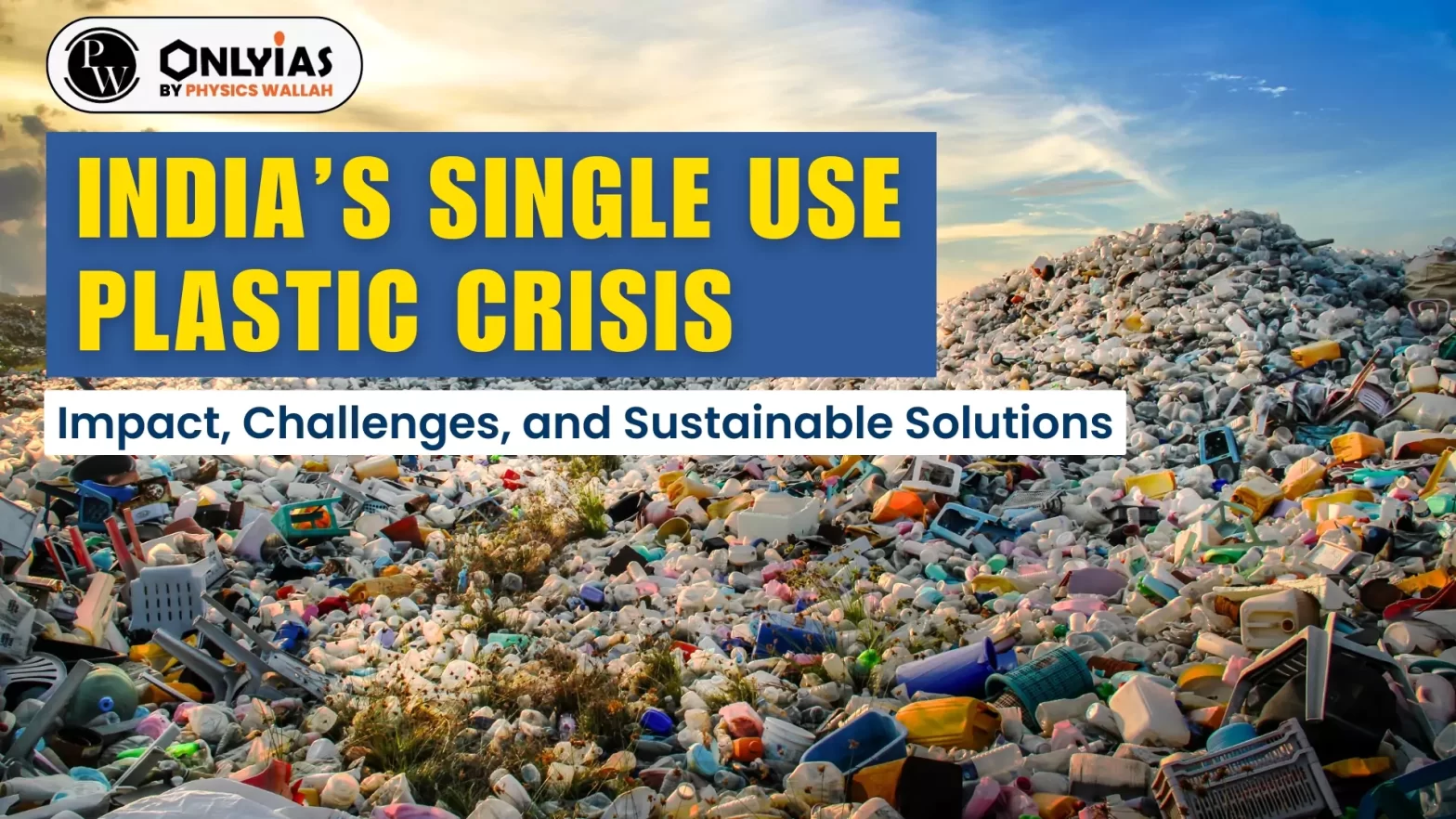
This Article is based on the news “How bad is India’s single use plastic crisis?” which was published in the Down to Earth. According to a report launched during the Sixth United Nations Environmental Assembly (UNEA-6) at the United Nations Environment Programme (UNEP), the street food sector across India depends heavily on single use plastics.
| UNEA-6 focused on the theme, ‘Effective, inclusive and sustainable multilateral actions to tackle climate change, biodiversity loss and pollution‘. |
|---|

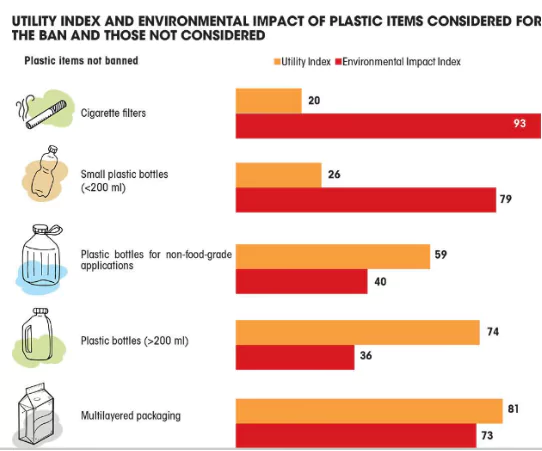
Case Study- Impact on Himalayas:
|
|---|
Survey Conducted By The Centre For Science And Environment (CSE):
Key Findings of the CSE Survey:
|
|---|
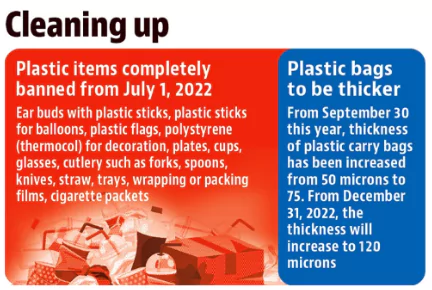
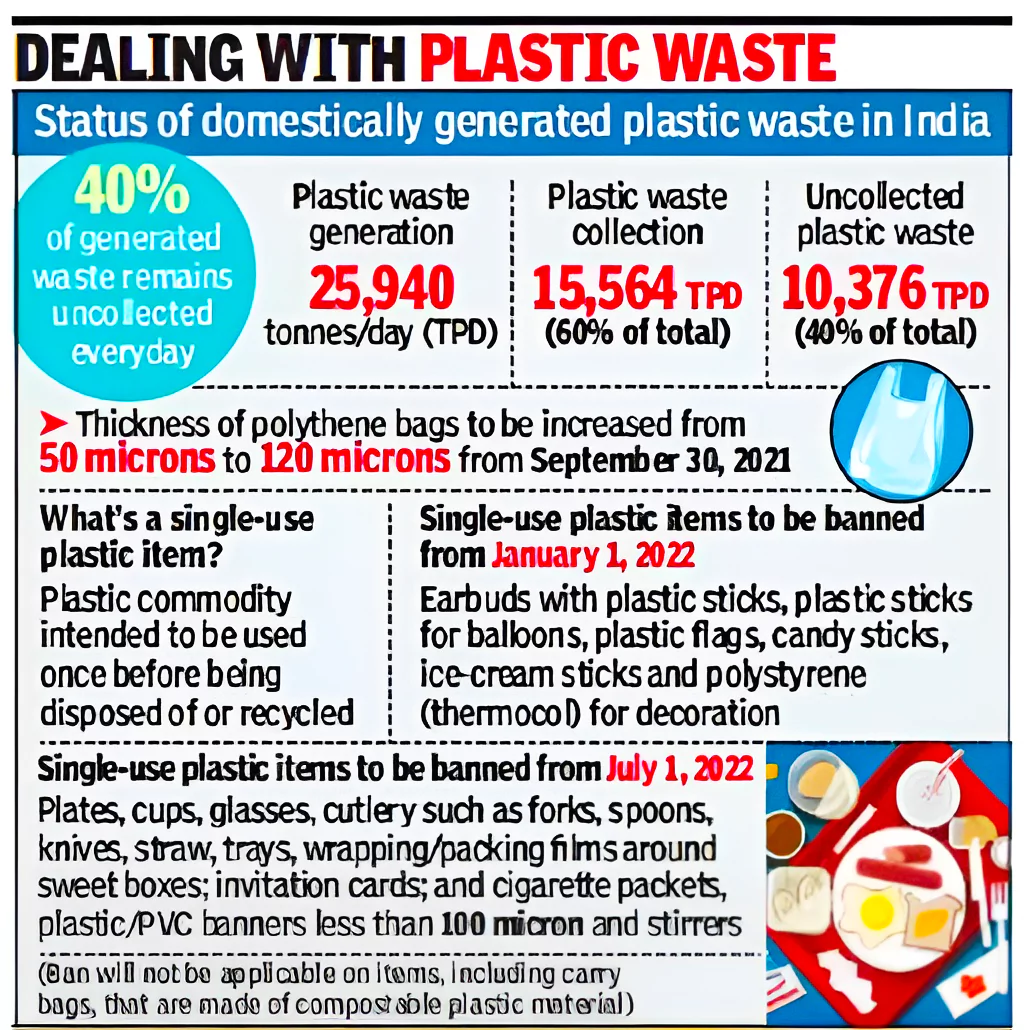 It introduced the concept of EPR to manage plastics in India.
It introduced the concept of EPR to manage plastics in India.| Components/Parts | Deal With |
| Supply-Side Interventions |
(*SMS- Stop Supply, Manufacturing & Sale) |
| Demand-Side Interventions |
|
| Creating An Enabling Environment for Phasing Out single use Plastics |
(*AA- Alternatives & Awareness) |
| Managing SUP Legacy Waste |
|
India’s Comprehensive Approach to Tackling Plastic Pollution
About Plastic Overshoot Day:
|
|---|
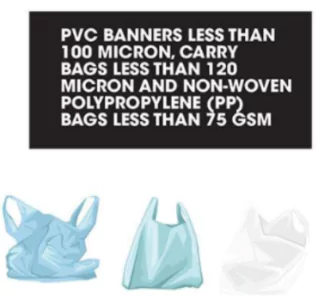 Work on Transparency: CPCB will have to start sharing the data that it collects from private players through the EPR and the state authorities through the SUP monitoring module.
Work on Transparency: CPCB will have to start sharing the data that it collects from private players through the EPR and the state authorities through the SUP monitoring module.| Must Read | |
| NCERT Notes For UPSC | UPSC Daily Current Affairs |
| UPSC Blogs | UPSC Daily Editorials |
| Daily Current Affairs Quiz | Daily Main Answer Writing |
| UPSC Mains Previous Year Papers | UPSC Test Series 2024 |
<div class="new-fform">
</div>